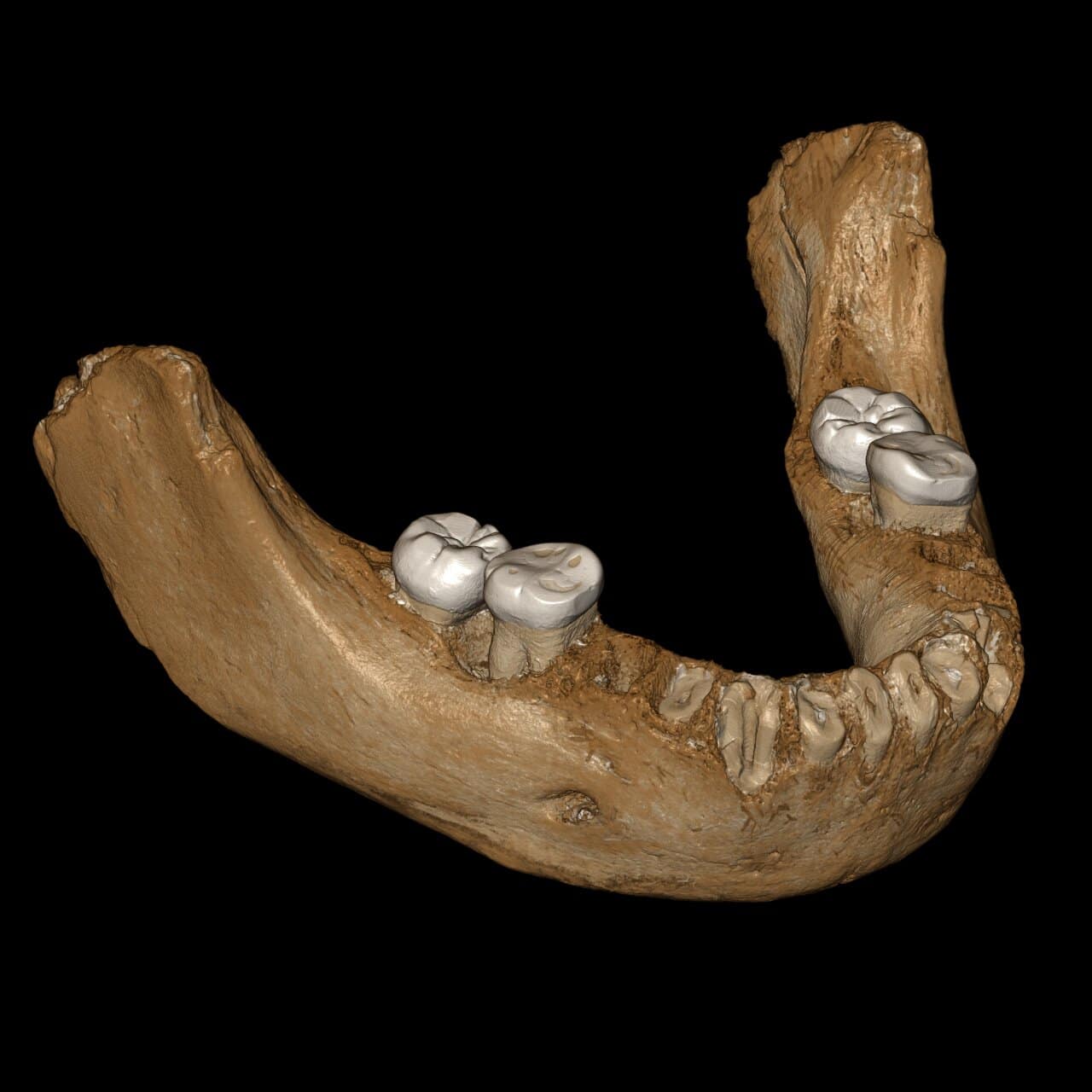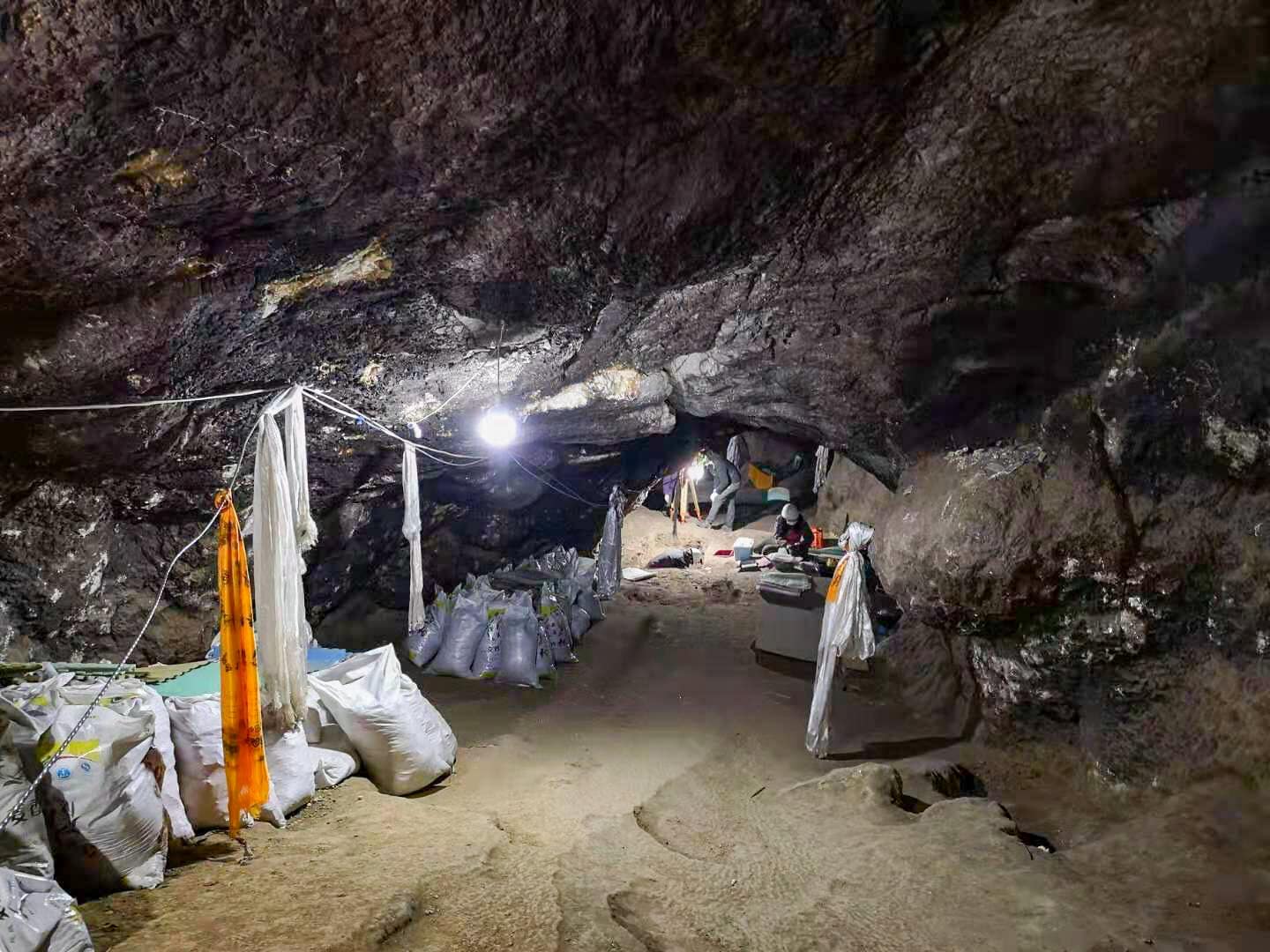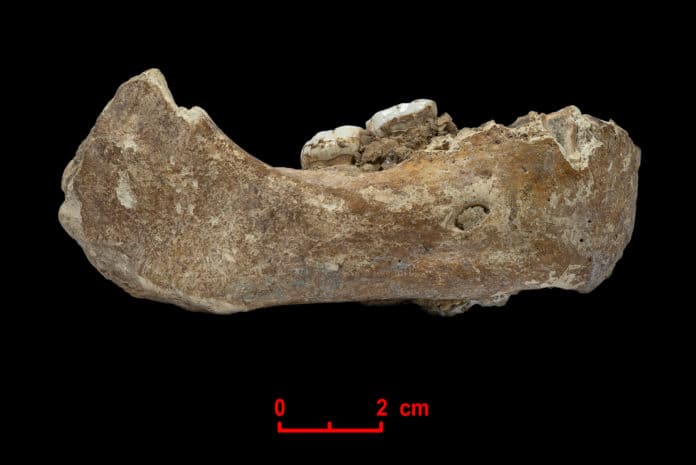Denisovans are members of a hominin group who are currently only known directly from fragmentary fossils, the genomes of which have been studied from a single site, Denisova cave in Siberia. They are also known indirectly from their genetic legacy through gene flow into several low-altitude East Asian populations and high-altitude modern Tibetans.
Scientists at the Max Planck Society have recently discovered 160,000-year-old hominin mandible from Xiahe in China. They then used ancient protein analysis and found that the mandible owner belonged to a population that was closely related to the Denisovans from Siberia.
This population occupied the Tibetan Plateau in the Middle Pleistocene and was adapted to this low-oxygen environment long before Homo sapiens arrived in the region.
Jean-Jacques Hublin, director of the Department of Human Evolution at the MPI-EVA said, “Traces of Denisovan DNA are found in present-day Asian, Australian and Melanesian populations, suggesting that these ancient hominins may have once been widespread. Yet so far the only fossils representing this ancient hominin group were identified at Denisova Cave.”
Scientists in a new study have described a hominin lower mandible that was found on the Tibetan Plateau in Baishiya Karst Cave in Xiahe, China. The fossil was originally discovered in 1980 by a local monk who donated it to the 6th Gung-Thang Living Buddha who then passed it on to Lanzhou University.
![The cave is facing southeast and about 40 meters above the modern Jiangla riverbed which is located in front of it. It… [more] © Dongju Zhang, Lanzhou University](https://www.techexplorist.com/wp-content/uploads/2019/05/Baishiya-Karst-Cave.jpg)
© Dongju Zhang, Lanzhou University
Since 2010, researchers Fahu Chen and Dongju Zhang from Lanzhou University have been studying the area of the discovery and the cave site from where the mandible originated. In 2016, they initiated a collaboration with the Department of Human Evolution at the MPI-EVA and have since been jointly analyzing the fossil.
However, scientists were unable to find the DNA traces preserved in fossil, but they definitely to manage to extract proteins from one of the molars.
Frido Welker of the MPI-EVA and the University of Copenhagen said, “The ancient proteins in the mandible are highly degraded and clearly distinguishable from modern proteins that may contaminate a sample. Our protein analysis shows that the Xiahe mandible belonged to a hominin population that was closely related to the Denisovans from Denisova Cave.”

Scientists found that this mandible is preserved well and has a robust primitive shape with large molars still attached to it. It suggests the mandible belongs to Middle Pleistocene hominin who shares anatomical features with Neandertals and specimens from the Denisova Cave.
There was a heavy carbonate crust attached to the mandible. When scientists applied U-series to the mandible, they found that the mandible is about 160,000 years old.
Chuan-Chou Shen from the Department of Geosciences at National Taiwan University, who conducted the dating, says, “This minimum age equals that of the oldest specimens from the Denisova Cave.”
Fahu Chen, director of the Institute of Tibetan Research, CAS said, “The Xiahe mandible likely represents the earliest hominin fossil on the Tibetan Plateau.

These people had already adapted to living in this high-altitude low-oxygen environment long before Homo sapiens even arrived in the region. Previous genetic studies found present-day Himalayan populations to carry the EPAS1 allele in their genome, passed on to them by Denisovans, which helps them to adapt to their specific environment.”
Dongju Zhang said, “Archaic hominins occupied the Tibetan Plateau in the Middle Pleistocene and successfully adapted to high-altitude low-oxygen environments long before the regional arrival of modern Homo sapiens.”
According to Hublin, similarities with other Chinese specimens confirm the presence of Denisovans among the current Asian fossil record. “Our analyses pave the way towards a better understanding of the evolutionary history of Middle Pleistocene hominins in East Asia.”
The study is published in Nature.
